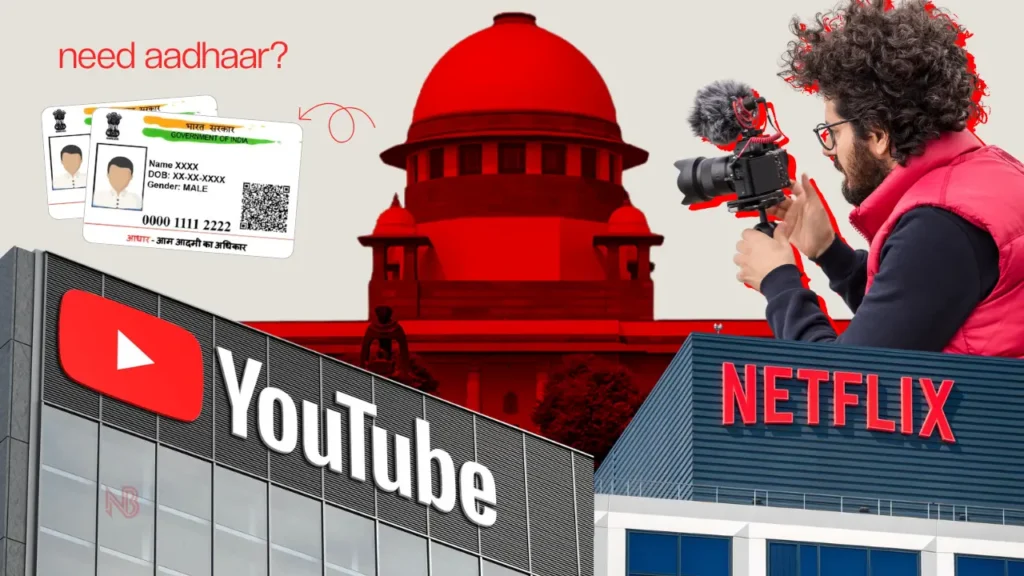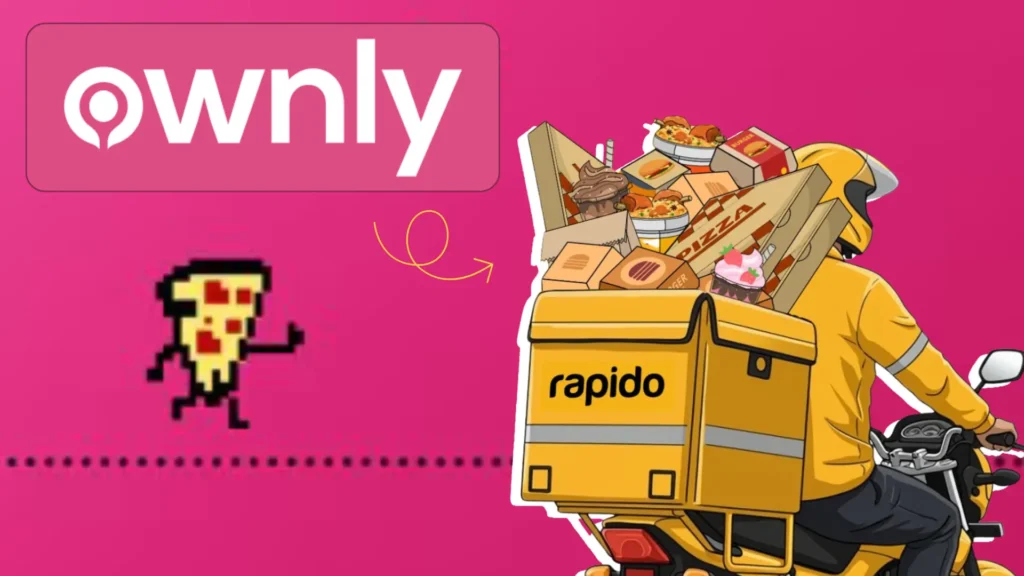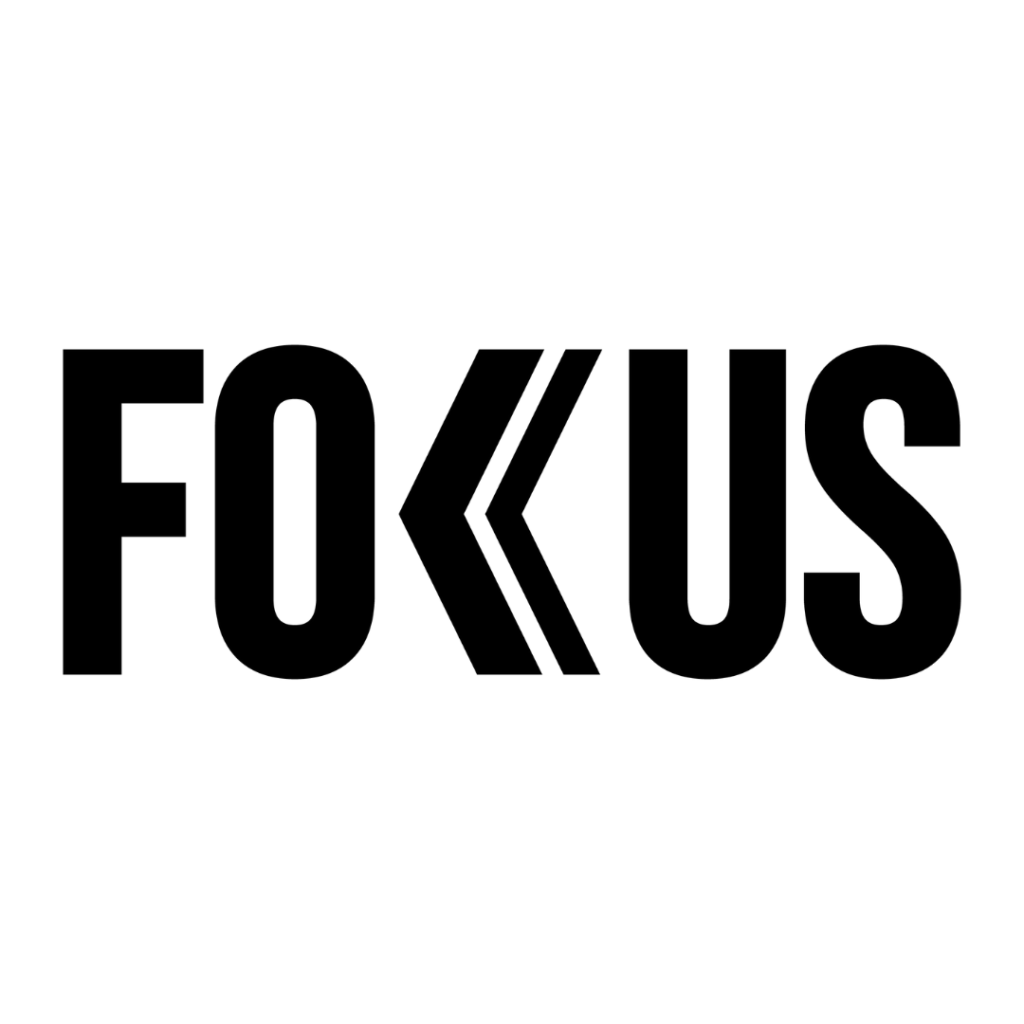Snapchat has changed how its Memories feature works by introducing a 5GB Snapchat Subscription Plans cap on free storage. Earlier, users could save unlimited Snaps without worrying about space. Now, anyone crossing the 5GB threshold must either pay for extra storage or risk losing access after a grace period. The company clarified that memories beyond the free limit will remain accessible for 12 months. During this time, users can either upgrade to a paid plan or download their data locally. If no action is taken, those extra memories will eventually get deleted. This shift marks the end of Snapchat’s long-running model of offering unlimited cloud storage for free.
Snapchat has rolled out multiple Snapchat Subscription Plans depending on user needs. The basic plan starts at $1.99 per month and provides 100GB of storage. Those already subscribed to Snapchat Plus automatically receive 250GB as part of their premium package. For users who store a large number of Snaps, the company has introduced a Platinum plan with up to 5TB of storage space.
While these upgrades sound attractive for heavy users, the company claims that most people never come close to hitting the 5GB free cap. This suggests the new policy is aimed at a smaller segment of power users who treat Snapchat as a digital archive.
The announcement signals a broader trend in the tech industry where companies are shifting toward subscription-based revenue. Platforms like Apple iCloud and Google Photos already limit free storage and earn steady income from users willing to pay for cloud space. Snapchat is now taking the same route, reducing reliance on ads alone.
For everyday users, the change might not make much difference. But for creators, influencers and those who use the app as a primary gallery, the new structure forces a choice: pay for convenience or manage files manually. The decision reflects the new reality of digital services. Free storage is no longer endless, and tech companies are monetising every bit of cloud space. For Snapchat, this is both a business strategy and a test of how much its users value their memories.



















